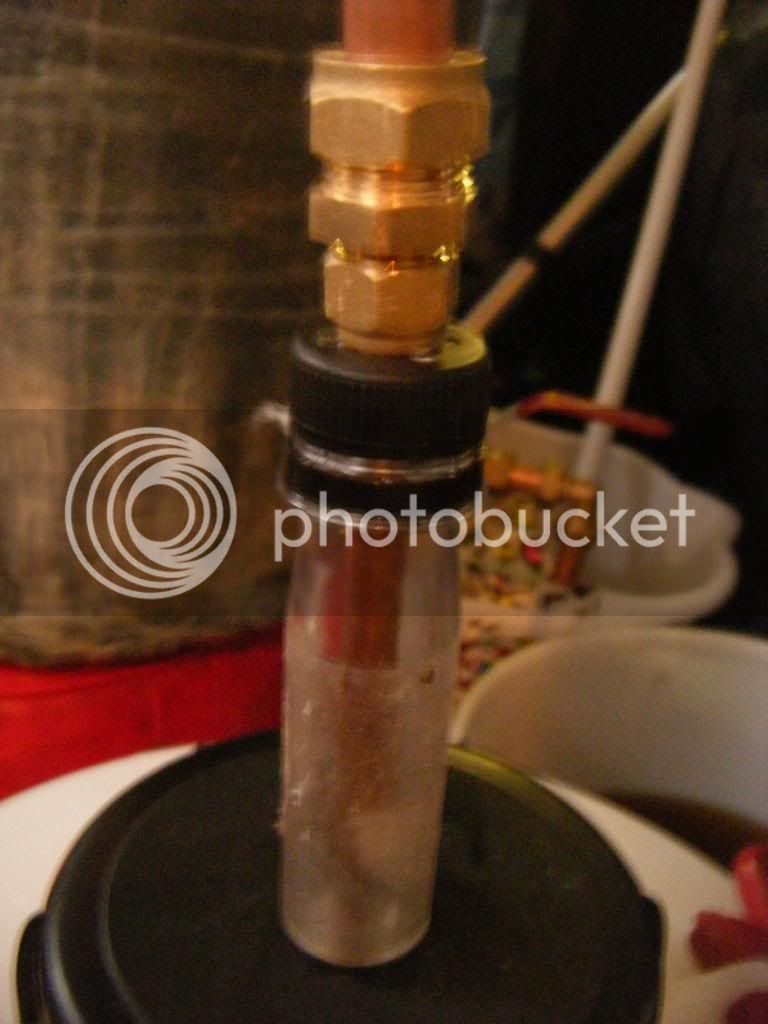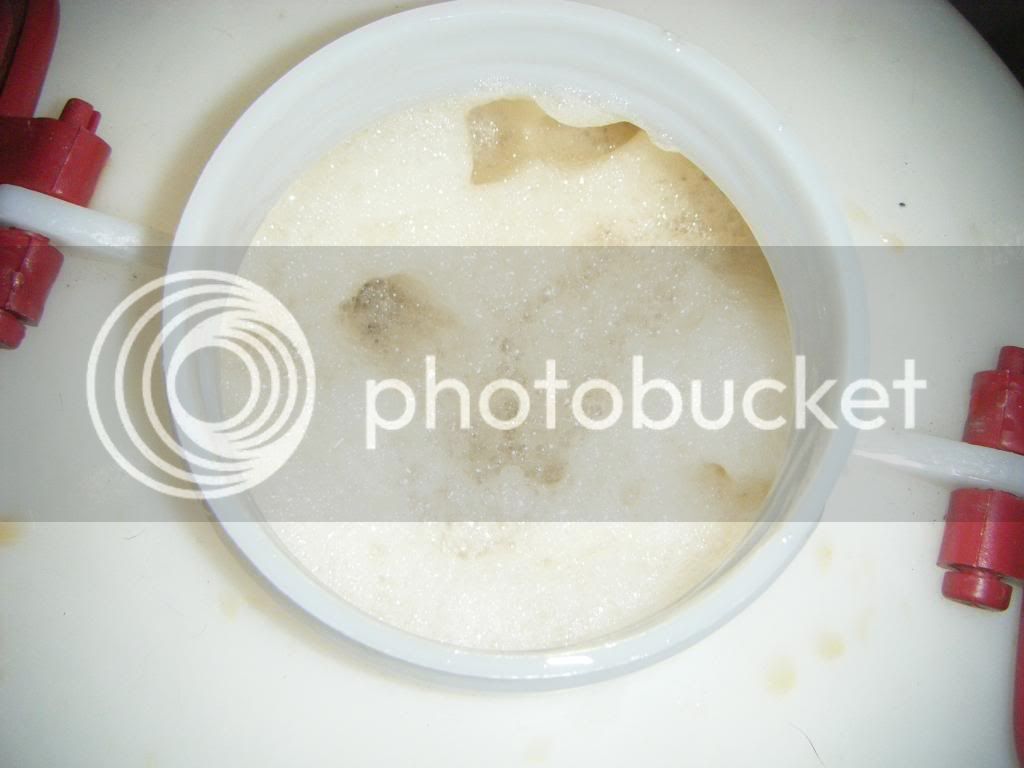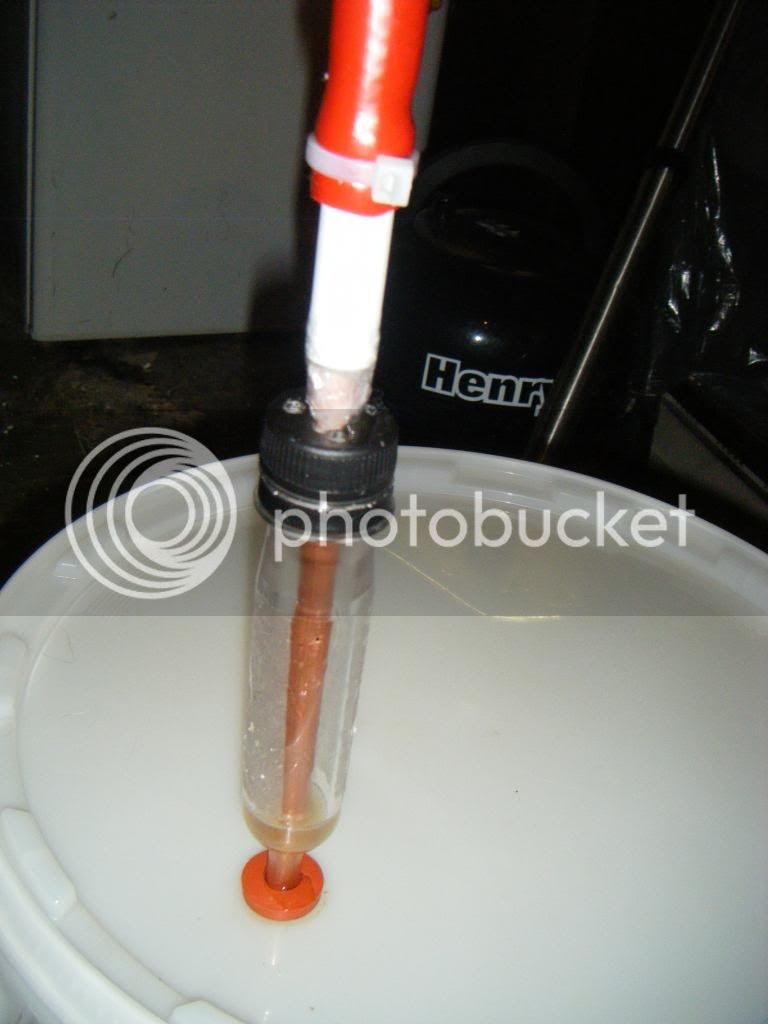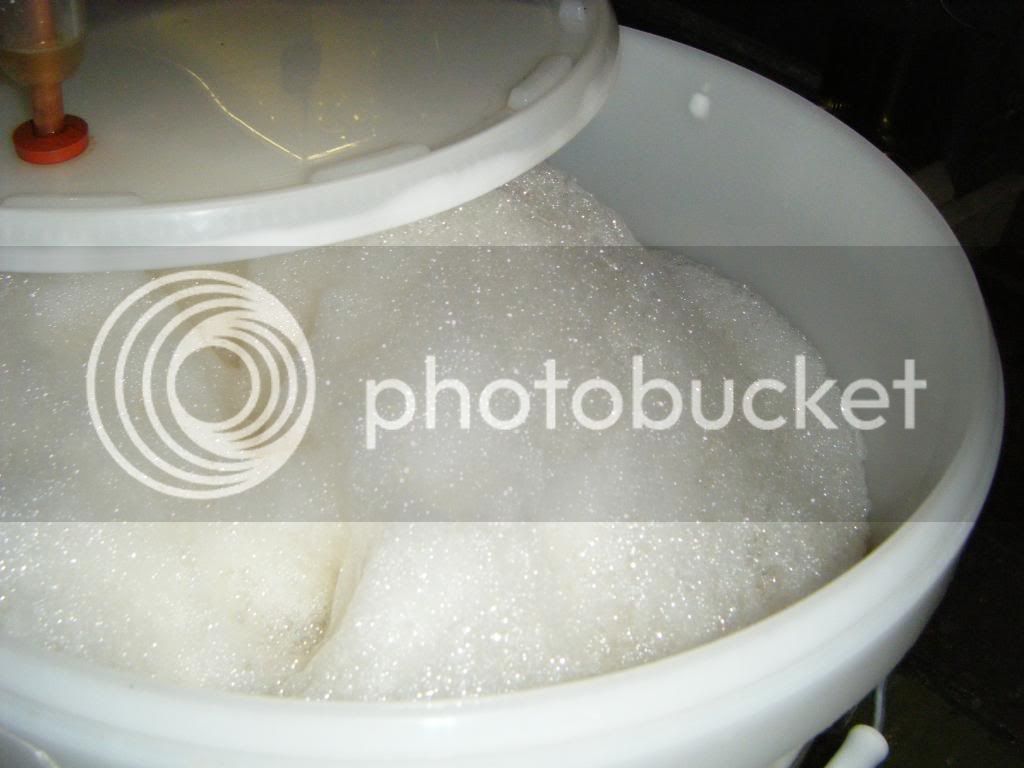Dieseljockey said:
wezil said:
Same here.. :wha: and I'm only reading about it all.
The problem is that there is a significant difference between wort and aquaria, and this is only adding to the confusion. :ugeek: :ugeek:
wezil said:
theres always CO2 in water,(water companies keep the O2 low so it dosn't corrode their pipes) other wise no aquatic plants!
Actually the amount of a gas in water is directly related to the pressure, temperature and the partial pressure of that gas in the atmosphere above the liquid. That is if the atmosphere consists of 78% nitrogen, 21% oxygen, 0.4% carbon dioxide and 0.6% others,
at equilibrium the water will contain 78% nitrogen, 21% oxygen, 0.4% carbon dioxide and 0.6% others. Some of these gasses take longer to dissolve that others so it will take time to reach equilibrium.
Aquatic plants can actually make their own carbon dioxide as they respire aerobically during darkness, and during the day time photosynthesis exceeds respiration. . .There does come a problem in a planted tank where the rate of growth is limited by the available CO2 produced by the fish, and if you want more plant growth you can supplement CO2 to encourage such growth. Neons for example are quite happy at 200ppm CO2, which is WAY higher than that normally found in their natural environment . . . except possibly during the summer where decomposition of the drowned rain forest (during the wet season) produces masses of CO2.
wezil said:
and you can't stop oxygen reaching it's correct level for a given temp (it does this almost instantly) Surface area is the key, tall thin bad, short wide good.
Sorry, but you are completely wrong in this. Surface area is the key as you mentioned but it can take considerable time to reach equilibrium. If you take a 5 gallon carboy and half fill it with hot water (having driven the O2, and other gasses, off) then when it has cooled measure the O2 level (it will be very low) If you Shake the **** out of the flask, even after 30 minutes you do not significantly raise the O2 Levels to that required for yeast growth (10-12ppm) . . . I believe the level reached in this experiment was 8ppm and that was after opening the flask several times, during the shaking.
wezil said:
Dr Herbet Axelrod in his book about tropical fish quotes an experiment where a tank was filled with fish and a glass lid with oil sealing the edges to 'eliminate' any oxygen entering was used (the fish respire CO2) so the fish should have drowned in short order!!
Thankfully they were fine proving it's nearly impossible to keep oxygen out of water.
Planted aquaria or plain tank??? If it was a planted aquaria then there would have been no issue as the plants remove the CO2 and produce oxygen., however in a plain tank the fish would have asphyxiated!! You just have to look at a pond in the summer, even with large amounts of 'oxygenating' plants the water just cannot hold enough oxygen for the fish to breath properly and you often see them gulping air at the surface. This is the reason why pond keepers use fountains and waterfalls. . . Introduce air and allow circulation to allow better gaseous exchange. Of course natural fish have evolved to live in low O2 environments e.g. carp
wezil said:
And a decent air pump should pump down to 2ft (iv'e got a tank this deep and it bubbles great, alternatively buy a Hi Blow (trade name) pond pump this will turn your Fv into a jaccuzi!! They do LARGE flat air stones to suit.
Very few decent air pumps are cheap!, and aquarium air stones do not compare to the likes of the sintered stainless stones that we use for wort aeration (0.2 micron holes) . . . These either need gas supplied at pressure (from a cylinder) or a high volume and pressure pump (I use a hobby air brush compressor at 30PSI)
wezil said:
Also a build up of CO2 causes the water to become ever more acidic leading to a PH crash.
This is not relevant in the brewing environment, when water comes from the tap it is around 7.2-8.0 pH units, even when it has been boiled the pH change is very little, possibly only 0.1 pH units, as the amount of dissolved CO2 in tap water is very small . . .because its very small in the atmosphere.
wezil said:
iv'e only been brewing bout a year but been keeping water 30+years (you don't keep the fish you keep the water their in)!!
I've been keeping water longer than I have been brewing :ugeek:


































![BREWING THERMOMETER STICKERS ACCURATELY MONITOR FERMENTING BEER & WINE LIQUID TEMPERATURES 5PCS HOME BREW SPIRITS WINE LCD ADHESIVE [US]](https://m.media-amazon.com/images/I/311DDjo2X3L._SL500_.jpg)







 Most of the above has gone over my head. I started AG 3 years ago and follow the advice from David Lines and Wheeler.
Most of the above has gone over my head. I started AG 3 years ago and follow the advice from David Lines and Wheeler.


